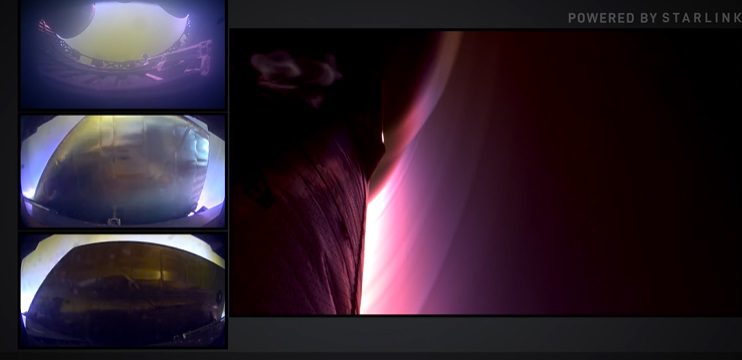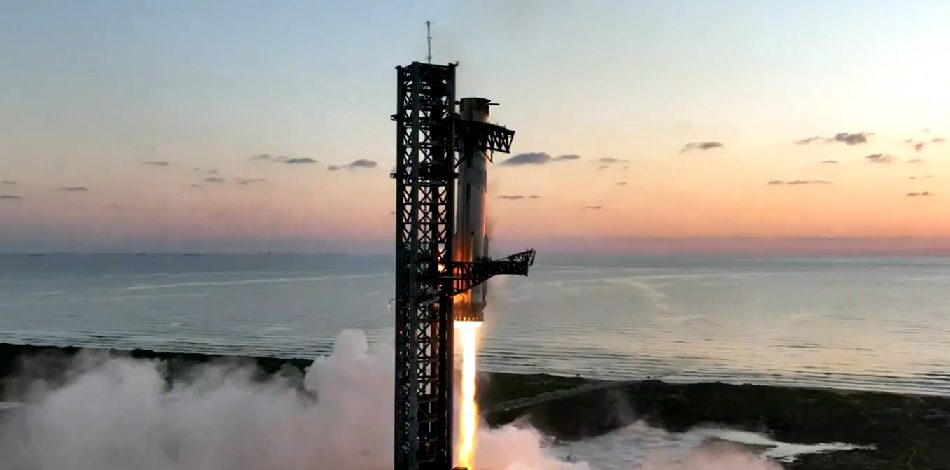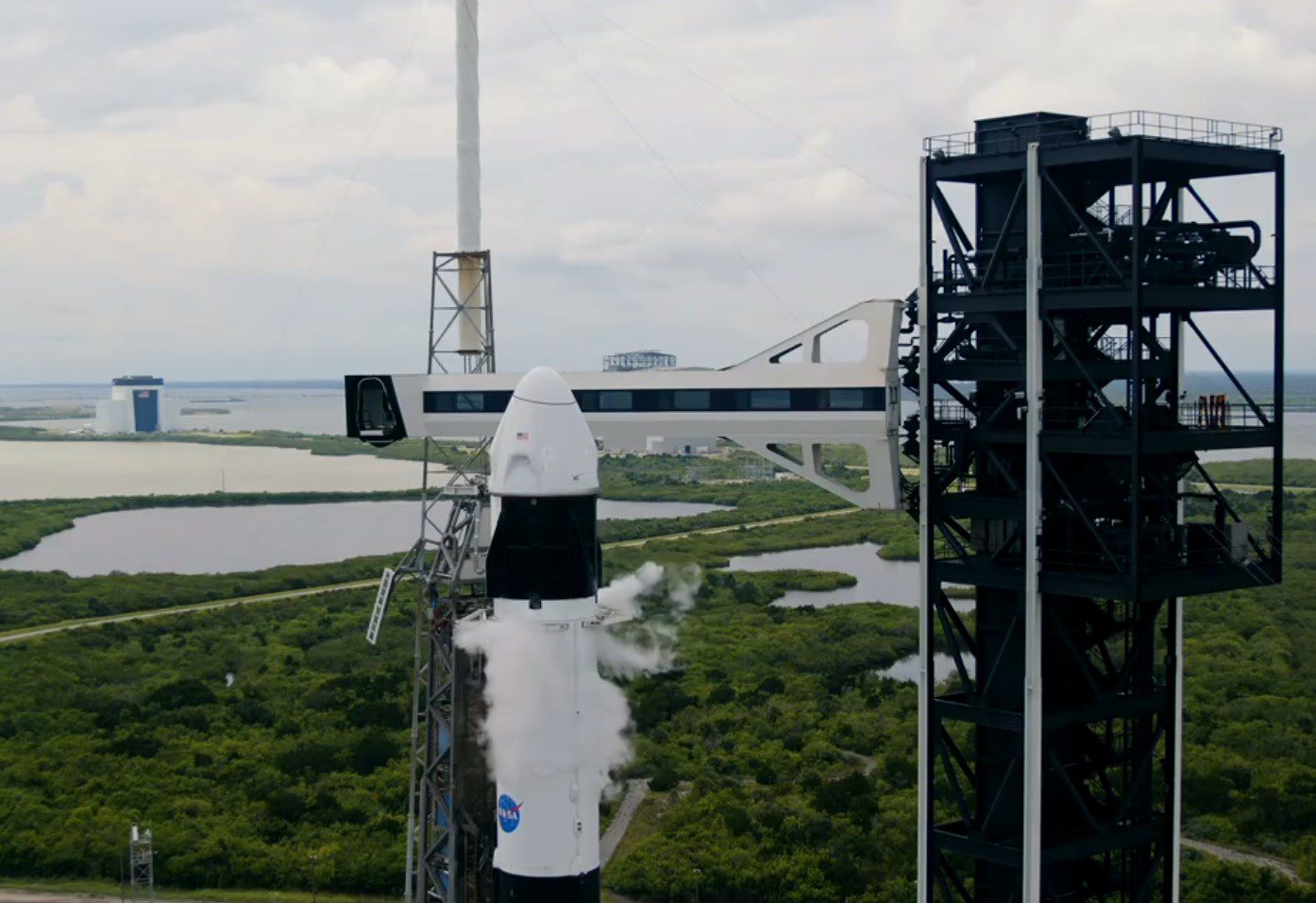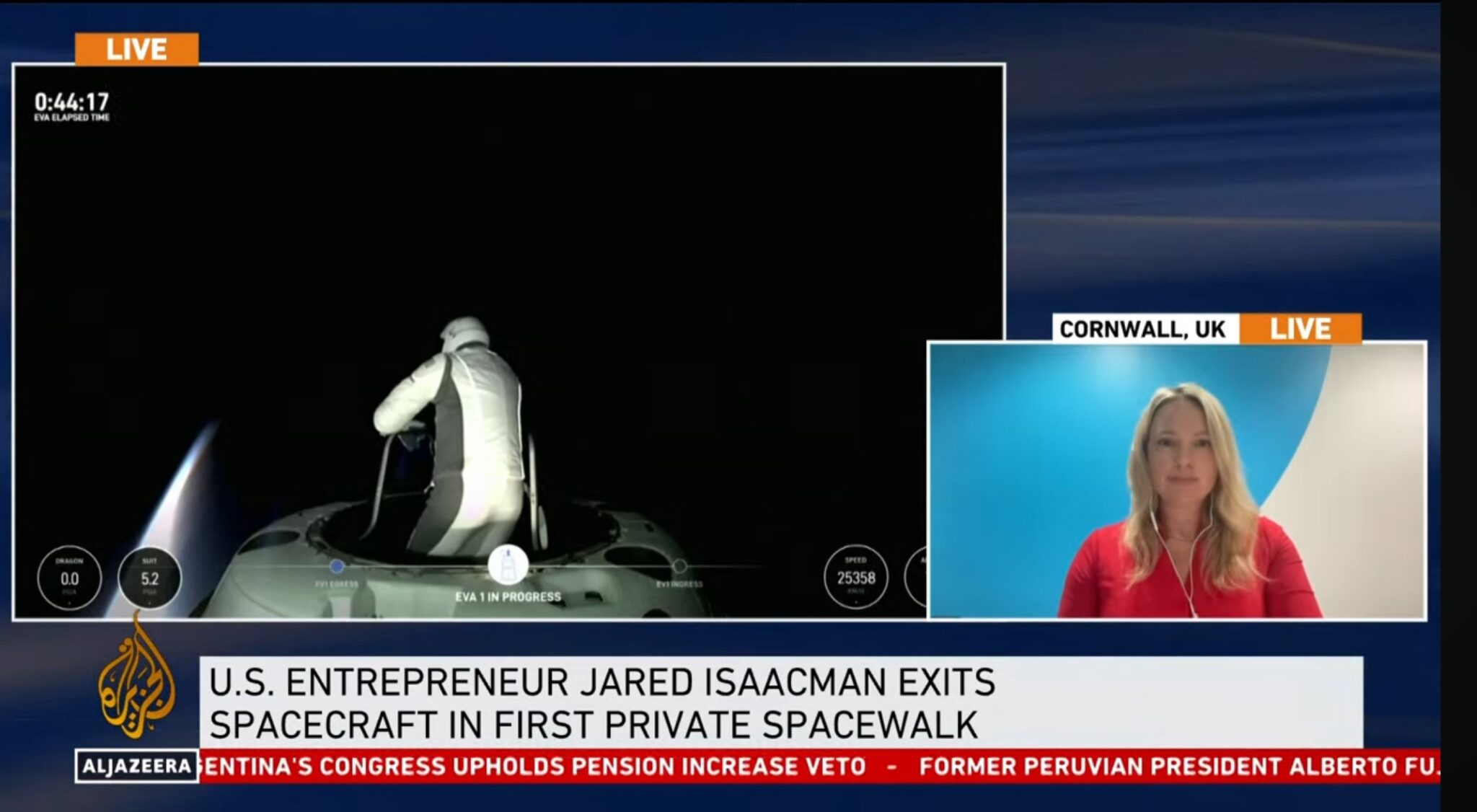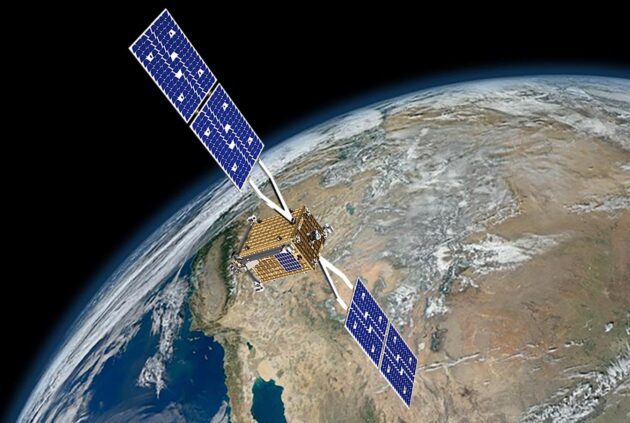While the rhetoric at the third UK Space Conference held in Liverpool in July emphasised downstream space applications as the way to continued growth, there was an acceptance that there was also gap in Britain’s resurgent space portfolio: it does not have a launch vehicle. The UK government is officially in the study/workshop phase as it looks into producing a national launch vehicle able to launch 150kg class satellites into near polar 600-700km Sun-synchronous low Earth orbits. Catherine Mealing-Jones, Director of Growth at the UK Space Agency, declined to go into detail about the programme, save to note that the agency wants a rocket to enable the UK to offer the same kind of “end-to-end” turnkey production and launch deals that are currently offered by China.
There was surprise in the audience at what appeared to be at least a partial commitment to this programme (some £20 million of government research money is reported to be up for grabs) given that UK space policy is primarily about generating revenues and profits for “UK PLC”. To date no developed launch vehicle has ever paid back its development costs (the SpaceX Falcon 1 and the UK’s Black Arrow both might have done but never flew enough missions to make such a claim). Thus it may be for “strategic” reasons as well as commercial ones that the UK wants this space launch capability.
A design exercise dubbed “Blue Boomerang” into a small UK launcher has already been carried out by Reaction Engines Limited, though its reusable winged first stage and expendable second stage envisaged the use of an “off the shelf” Russian supplied rocket technology. Given the current geopolitical situation that option would now be unlikely to be viable.
Lockheed Martin is one of the contenders
Slater Voorhees, Responsive Space Programs Manager of the US firm, Lockheed Martin, which has an office at Harwell, Oxfordshire, confirmed that his company was looking into being involved in building an UK indigenous multi-stage liquid fuel rocket. Voorhees declined to go into detail about what type of engine Lockheed Martin was looking into, except to note that his firm, which as no major experience in liquid fuel engines, has approached some British rocket engine firms based at the Westcott rocket engine test site in England. These firms include Falcon and Airborne Engineering. Voorhees admitted that ITAR technology transfer issues still existed for rockets and that technology transfer remained problematic both ways between USA and the UK.
Interestingly, the UK Space Agency does not seem to be contemplating using commercial launch vehicles. While the President of Virgin Galactic, George Whitesides, agreed that the 150kg class payload of the new rocket is the size that the UK government should go for (his firm’s launch one is to carry approximately this size to Sun-synchronous orbits) he confirmed that his firm had not been approached. Whitesides went on to explain that research is continuing into 311kN (70,000lb) thrust Newton 3 engine which uses the bi-propellant combination of LOx (Liquid Oxygen) and RP-1 grade kerosene to power it. The company has no plans to replace the hybrid rocket engine on SpaceShipTwo however, believing that its simplicity makes a safer engine.
Air Traffic Control needs to start thinking about Spaceports
As the six finalists fight it out to be chosen as the UK’s space port, Catherine Mealing-Jones cautioned that another launch base may also be needed. “Obviously a horizontal take off space port would be unsuitable for vertical launches.” she said.
There are now 10 “spaceports” in the USA though some are not fully licenced as they are used only by the firms that own them e.g. Blue Origin’s West Texas site. Glenn Rizner of the Federal Aviation Authority’s Office of Space Transportation cautioned that coordination and training was needed for Air Traffic Control systems to cope with zonal needs for regular suborbital flights.
While many doubt that so many spaceports will be needed for the relatively limited number of orbital and suborbital horizontal launches needed by the world, there was hope for the suborbital sector. Dr Helen Fraser of the Open University identified a burgeoning need for suborbital microgravity research which may yet become a key driver for the suborbital market. She noted that there were “hundreds” of institutions needing access to such a testing avenue. Whitesides agreed, even displaying how an experiment carrier based on the Shuttle Mid-deck Locker could be fitted on SpaceShipTwo.
Cubesat users want cheapest access to orbit however it comes
With respect to Cubesat class spacecraft actually being sent into orbit, Craig Clarke of Cubesat manufacturer Clyde Space was asked whether he would prefer a dedicated nanosatellite launcher such as the Devon 2 proposed by Tranquility Aerospace or shared launches, he said he did not have a preference except to say yes to the notion of “the cheapest whatever”. Tranquility Aerospace hopes to launch a test rocket to an altitude of above 70,000 feet using its own 1kN (224lb) thrust rocket engine design which burns kerosene with hydrogen peroxide as its oxidiser. If successful, a cluster of six of these would be used for the suborbital Devon 1, which itself would later be used as a first stage for the orbital two-stage Devon 2.
Tranquility Aerospace eventually hopes make its Devon 2 launch vehicle at least partially reusable with a SpaceX-style reusable version of the Devon 1 first stage. However, when it comes to the savings that reusability can achieve, many remain doubtful. Prof Dr Jan Woerner, the new Director General of the European Space Agency (ESA) commented that with cost savings of 40-50% the proposed expendable Ariane 6 would be competitive on an operational basis even without reusability, and that reusability only generates significant cost savings if the annual launch rate is high. As for the recently announced proposal to eventually put a reusable engine pod on the Ariane 6, Woerner agreed that it might only make a saving of 10-20% to the cost of a launch.
Jan Woerner was much more optimistic about the chances for Reaction Engines’ Skylon reusable air-breathing spaceplane technology (this writer is a small investor) having the potential to provide much cheaper access to orbit. “I support those new ideas” he said, cautioning however that any new ESA money would have to be via funding from the UK.

